Sudeoksa Temple In
Chungcheongnamdo
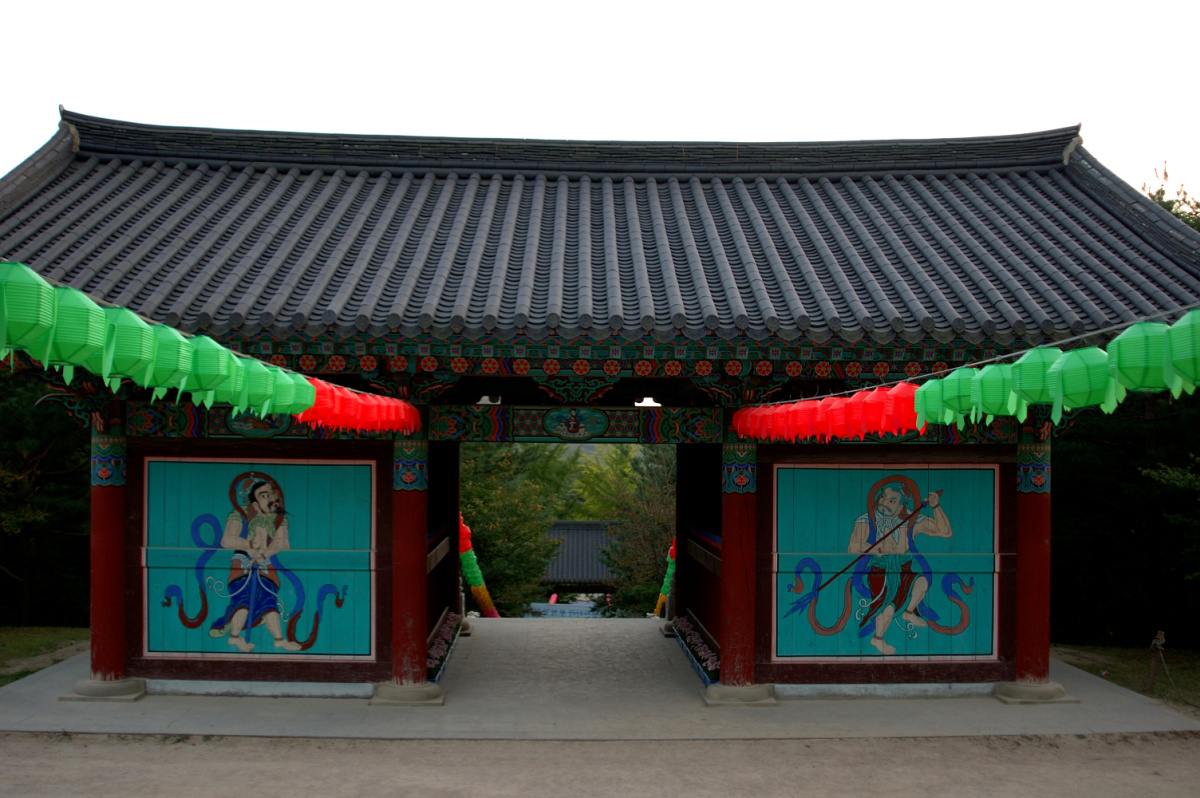 Sudeoksa Temple in Chungcheongnamdo - Four Heavenly Guardians gate
Sudeoksa Temple in Chungcheongnamdo - Four Heavenly Guardians gateSudeoksa Temple in Chungcheongnamdo
Sudeoksa Temple, in Deoksan-myeon, Yesan County, South Chungcheong Province, is a prominent head temple of the Jogye Order of Korean Buddhism.
This historical temple is located on the southern slopes of the Deoksungsan Mountains, surrounded by serene natural beauty. The temple is a notable symbol of Korean Buddhism, reflecting the country's rich cultural heritage and spiritual values.
Here are some of its significant features...
Sudeoksa Temple in Chungcheongnamdo (South Chungcheong Province) is a historically significant temple located in Yesan, South Korea. It is unique in that it is one of the very few temples that was not destroyed during the Japanese invasions of Korea, also known as the Imjin Wars, which took place between 1592 and 1598.
The temple was believed to be established during the reign of Baekje's King Wideok.
One of Sudeoksa Temple's most notable features is its main hall, known as Mahavira Hall or Daeungjeon.
Constructed by Goryeo in 1308, this hall is South Korea's oldest wooden building and is recognized as a National Treasure. It is adorned with intricate carvings and paintings and is a testament to the exceptional craftsmanship of the Goryeo era.
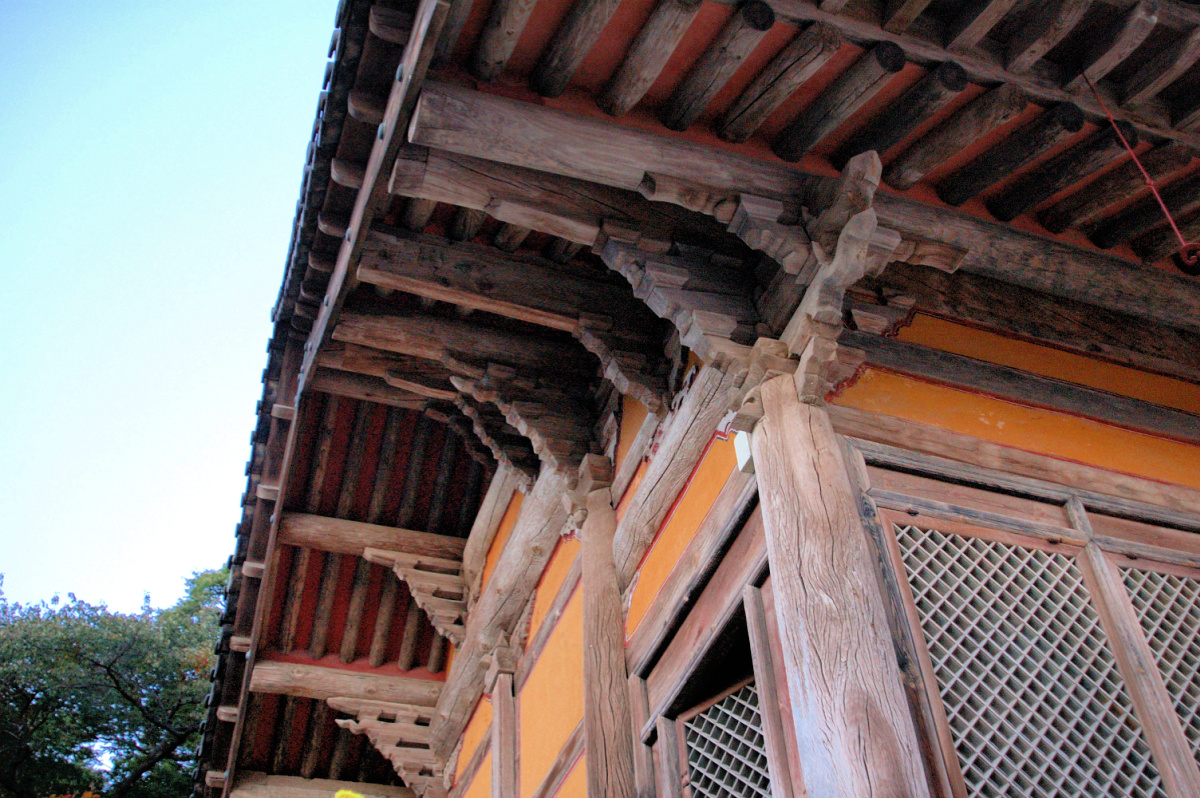
Apart from the main hall, the temple houses several cultural treasures, including a scroll painting of Rocana Buddha and a Three-Story stone pagoda.
The painting of Rocana Buddha is particularly noteworthy as it is considered one of the finest examples of Buddhist art in Korea. The Three-Story stone pagoda is another remarkable treasure, with its unique design and intricate carvings attracting visitors worldwide.
In short, Sudeoksa Temple in Chungcheongnamdo is a place of worship and a repository of South Korea's rich cultural heritage.
Its historical significance, impressive architecture, and artistic treasures make it a must-visit destination for anyone interested in exploring the country's rich cultural history.
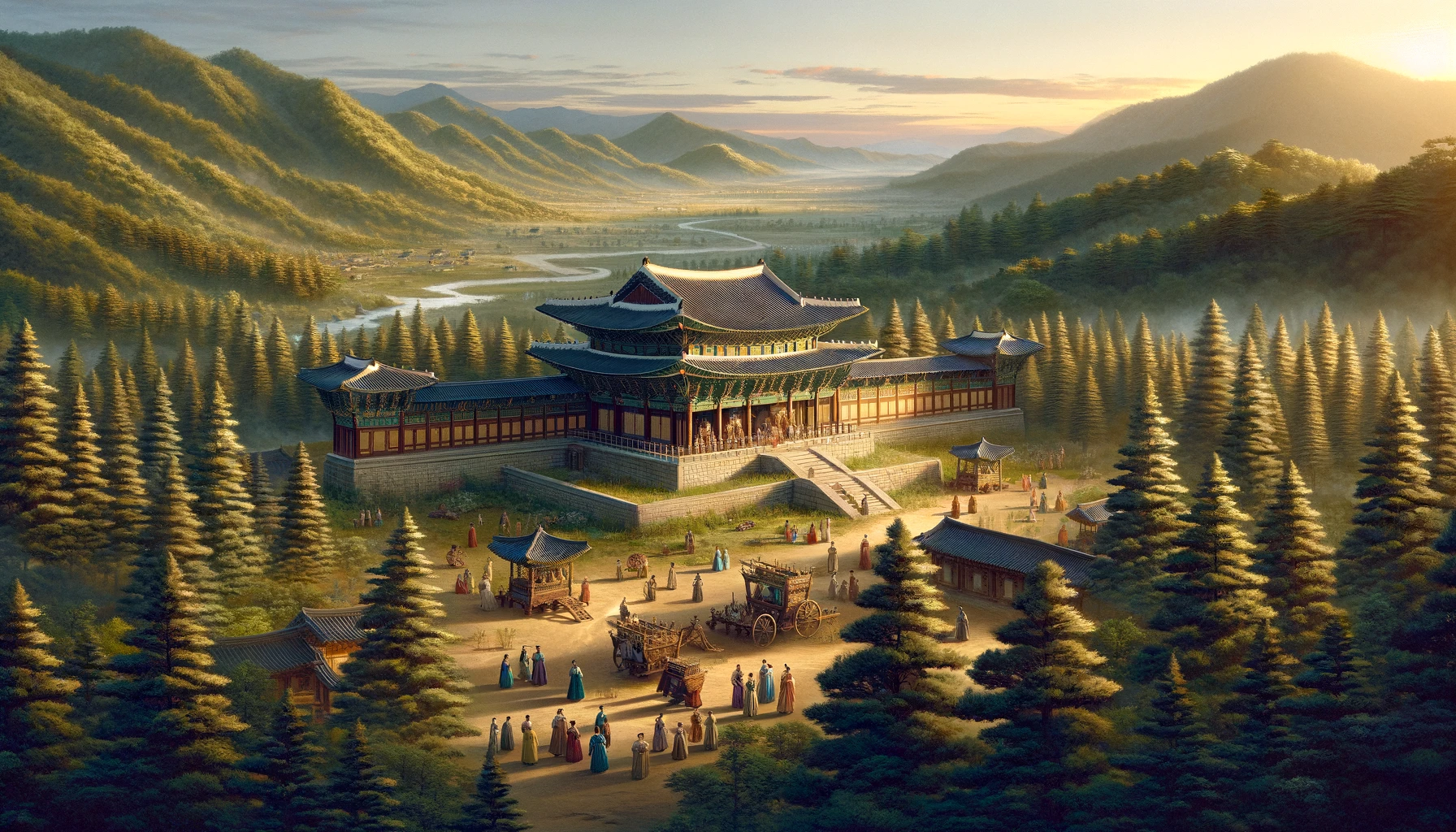 A scene of the Baekje Kingdom
A scene of the Baekje KingdomDuring the late Korean Empire, a revered Seon Master named Gyeongheo resided in a place considered the cradle of Seon Buddhism. Here, he rekindled the practice and lineage tradition of Seon Buddhism, which had dwindled in popularity at the time.
Surviving Temple
Out of the twelve Baekje temples mentioned in literature, only one has survived and is still in existence today. According to historical records, the Baekje dynasty was a powerful Korean kingdom from 18 BCE to 660 CE.
This temple is known as Sudeoksa Temple and is widely regarded as a surviving relic of the once-great Baekje dynasty. Located in Yesan County, South Chungcheong Province, Sudeoksa Temple is a Buddhist temple that was first established in 587 CE.
The Baekje king, Wideok, initially built the temple to honor his mother, Queen Sudeok, a devout Buddhist.
Sudeoksa Temple has survived numerous wars, fires, and other disasters over the centuries and has undergone several renovations and restorations to maintain its original form.
The temple complex has several buildings, including the main hall, the Daeungjeon, which houses a giant Buddha statue and other important religious artifacts.
Other notable features of the temple include the Sudeoksa Museum, which displays various artifacts related to the temple's history, and the beautiful natural surroundings, which include a nearby mountain and a stream.
Overall, Sudeoksa Temple is a testament to the enduring legacy of the Baekje dynasty and a significant cultural landmark in Korea's rich history.
Rocana Buddha Interpretations
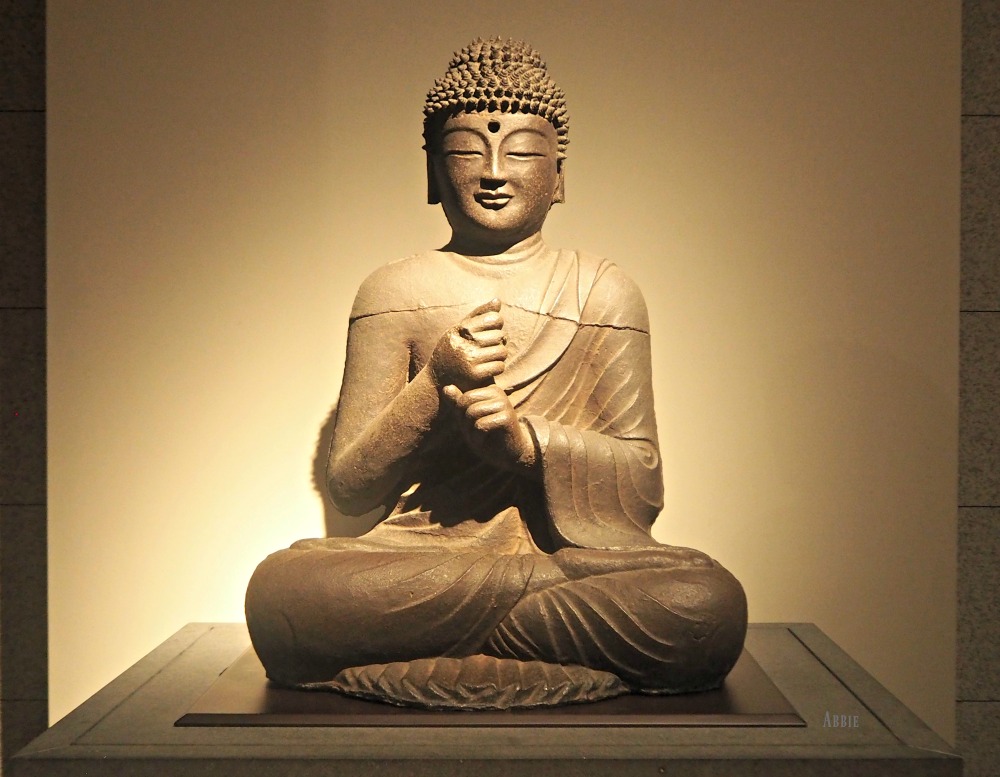 Iron statue of Vairocana Buddha in a sitting position at Korea National Museum
Iron statue of Vairocana Buddha in a sitting position at Korea National MuseumRocana Buddha, also known as Vairocana Buddha, is a significant figure in Mahayana and Vajrayana Buddhism. Here are some key points about Rocana Buddha.
Cosmic Buddha: Vairocana is often interpreted as a cosmic Buddha, a personification of the dharmakaya. Dharmakaya represents the Buddha's body in the aspect of truth and reality.
Illumination of Wisdom: Vairocana Buddha is seen as the embodiment of the Buddhist concept of śūnyatā, which represents the illumination of wisdom.
One of the Five Dhyani Buddhas: In the conception of the Five Dhyani Buddhas of Mahayana and Vajrayana Buddhism, Vairocana is at the center and is considered a Primordial Buddha.
Symbol of Boundless Merit: Rocana Buddha symbolizes "boundless merit attained through spiritual practice and benevolent behavior over an immeasurable period."
Artistic Representation: Rocana Buddha is often depicted in Buddhist artwork. For example, a 17th-century painting of Rocana Buddha, recognized as an outstanding example of Buddhist artwork of the Joseon Dynasty, is housed at Sinwon Temple in South Chungcheong, South Korea.
Please note that interpretations and representations of Rocana Buddha can vary across Buddhist traditions and texts.
Getting to Sudeoksa Temple
There are several ways to get from Seoul to Sudeoksa Temple...
- Bus: Take the bus from Seoul Central City Bus Terminal to Hongseong. The journey takes approximately 2 hours and 10 minutes.
- Train: You can take the train from Yongsan Station to Hongseong Station, which takes approximately 3 hours and 21 minutes. Alternatively, you can take the train from Seoul Station to Cheonan Asan Station and then take the train from Asan Station to Hongseong Station, which takes approximately 2 hours and 32 minutes.
- Taxi: You can taxi from Seoul Express bus terminal to Sudeoksa. The journey takes approximately 1 hour and 28 minutes.
- Drive: You can drive from the Seoul Express bus terminal to Sudeoksa. The journey takes approximately 1 hour and 28 minutes.
Please note that travel times may vary depending on traffic and other factors. It is always a good idea to check the latest travel information before setting off. Safe travels!
Transport Sources
- https://www.rome2rio.com/s/Seoul/Sudeoksa
- http://koreantempleguide.com/sudeoksa-temple-%EC%88%98%EB%8D%95%EC%82%AC-yesan-chungcheongnam-do/
Vairocana Buddha Sources
- https://www.learnreligions.com/vairocana-buddha-450134
- http://tibetanbuddhistencyclopedia.com/en/index.php/Buddha_lochana
Temple Sources:
- https://en.wikipedia.org/wiki/Sudeoksa
- http://www.sudeoksa.com/
- https://elitetraveler.com/korea-tourism-organization/korea-temple-stay
- https://bing.com/search?q=Sudeoksa+Temple+features
- Home
- Temples in South Korea
- Sudeoksa Temple In Chungcheongnamdo
Get Exciting Activities
Book one of our exciting activities today to experience the thrill of a lifetime! Take advantage of this opportunity and secure your spot in advance.
Hotel Map Guide
Find your affordable, accessible, and comfortable hotel in Seoul at Agoda.Com. See the hotel map below...
Hotel Booking Guide
Find affordable and amazing hotels on Agoda.com using the search box below. Book now to enjoy great discounts and save!
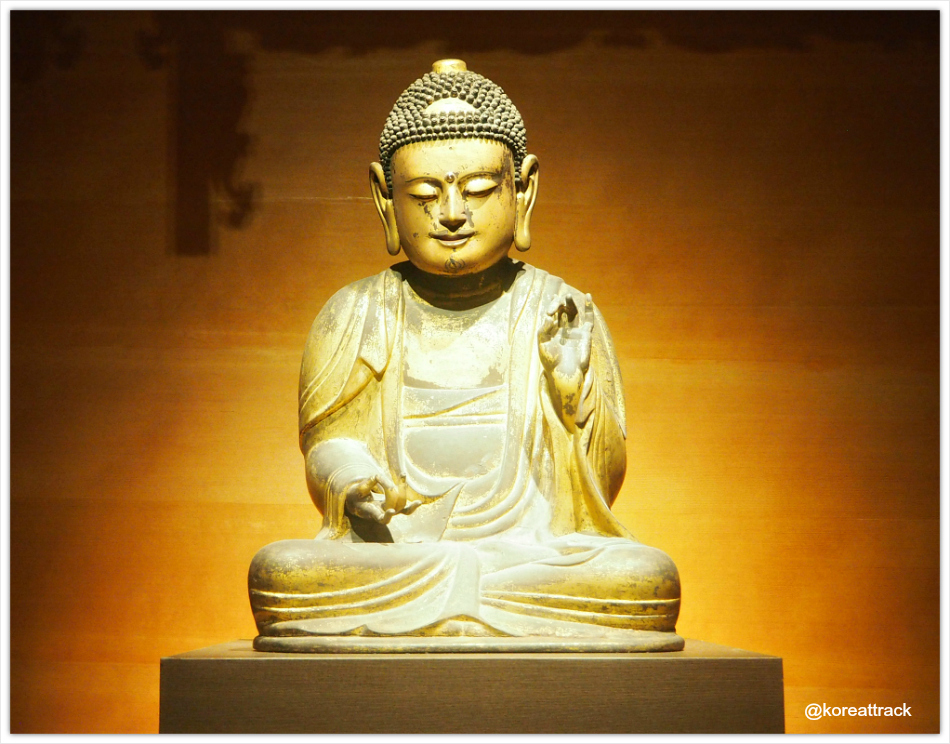
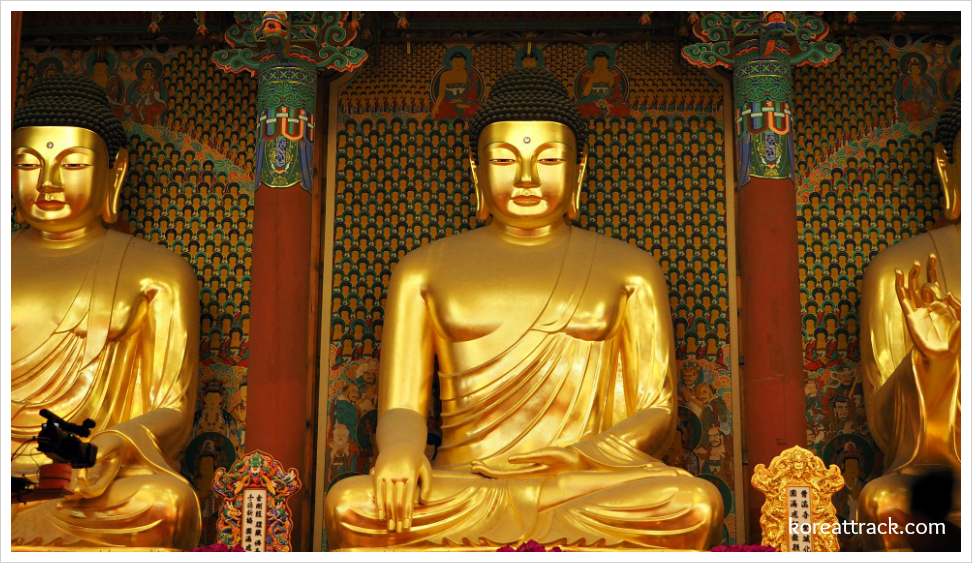
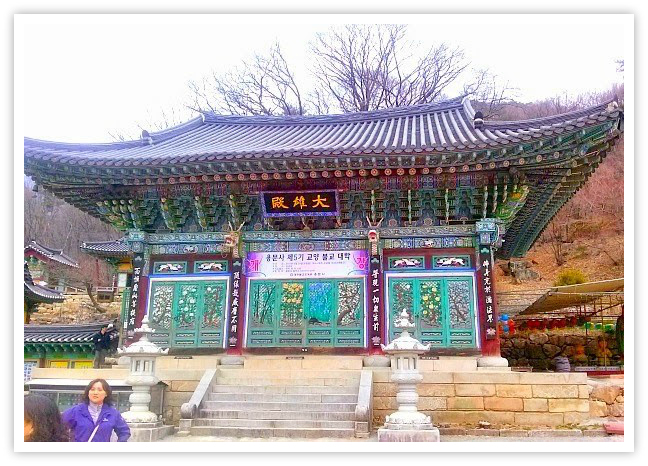




New! Comments
What do you think about this page? Leave me a comment in the box below.